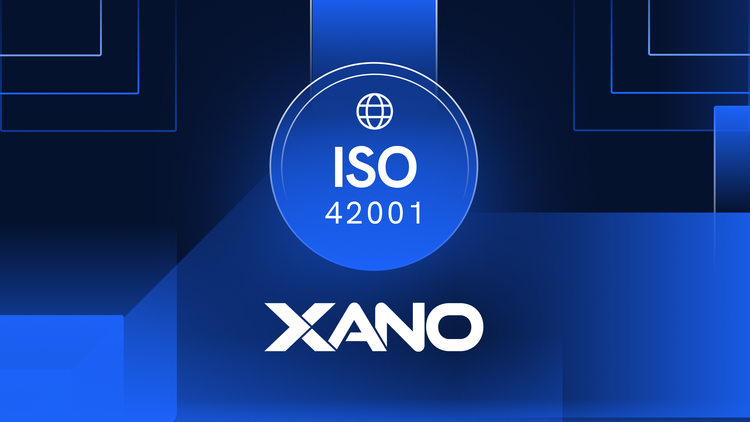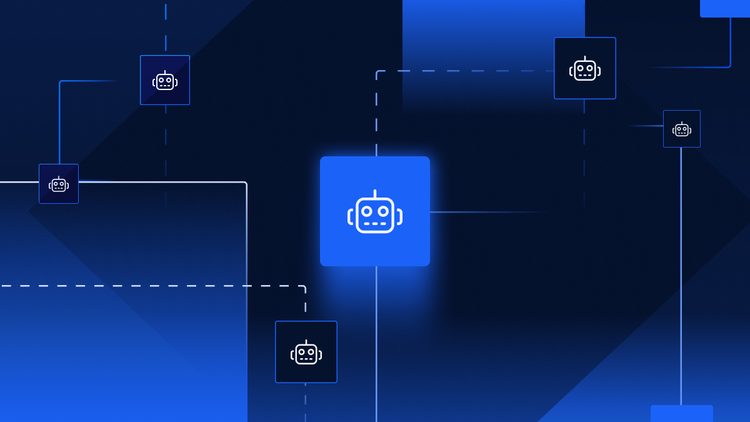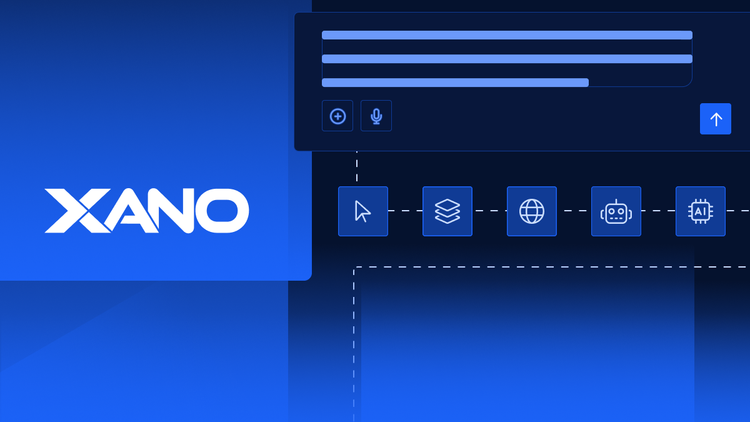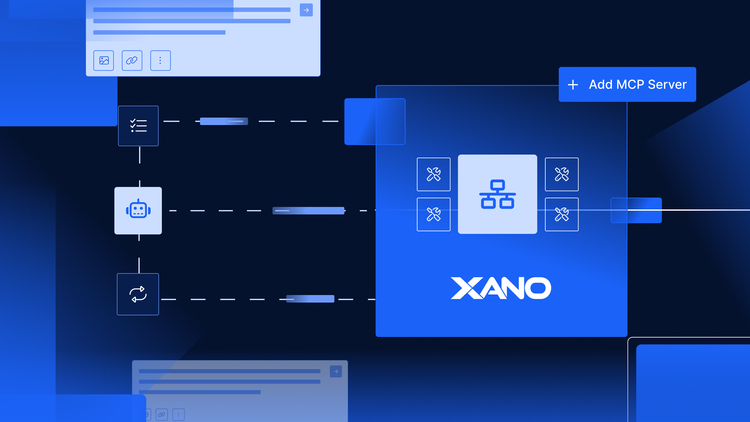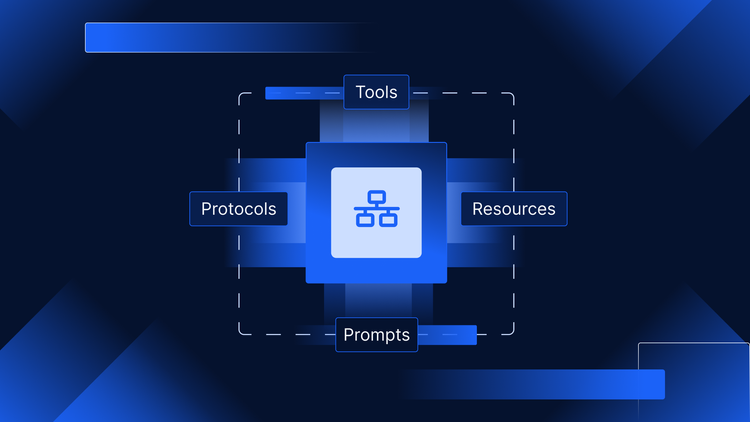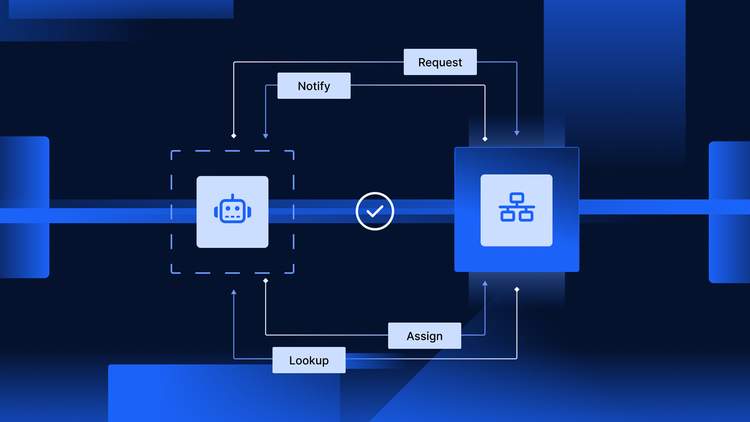Xano 1.70: Expanded AI Agent-Building + Audit Logs & Performance Insights
The latest version of Xano just dropped, and it includes some exciting updates to Xano Agents—an on-rails method of building and deploying fully custom AI agents—along with Audit Logs and detailed Performance Insights to see what’s going on inside your workspace and any apps you’ve deployed
The Secure Backend for Healthcare: Xano Is Now HDS Certified
At Xano, we understand that in healthcare, security is everything. That's why we’re proud to announce that Xano is now officially HDS (Hébergement de Données de Santé) certified.
Xano Receives ISO 42001 Certification: Q&A with CSO Jacques Antikadjian
We're thrilled to announce that Xano has officially received ISO 42001 certification, making us one of the first low-code/no-code platforms to achieve this international standard for AI management systems.
Xano's Summer Launch Event: Everything AI, All on Xano
Here’s a brief rundown of everything that was announced at today’s big Summer Launch Event! If you’d
Introducing Xano Agents: The Next Step in Building Intelligent, Agentic Backends
Agents are transforming the way modern backends are built, from enabling users to interact with your app through natural language
Xano Unveils New Starter and Pro Plans: Making Backend Development More Accessible to All
Today, I’m thrilled to share a major milestone for Xano that expands access to our platform and empowers more
Backend-First Development: The Smart Way to Build with AI
The rise of AI-assisted development is changing how we build software. With tools that can generate code, design UIs, and
Building Agent-Ready Systems with Xano: Powering the Future of M2M and A2A Workflows with MCP
In part 3 of our three-part series on building agent-ready backends, discover how Xano’s visual development tools help you build MCP-compliant backends without code.
Unlocking Machine-to-Machine Intelligence: How MCP Shapes Agentic Workflows
In part 2 of our three-part series on building agent-ready backends, we dive into the architecture of the Model Context Protocol (MCP), exploring how agents and MCP Servers communicate.
Why REST APIs Aren’t Built for Agentic Workflows: Introducing the Model Context Protocol (MCP)
In part 1, of our three-part series on building agent-ready backends, we introduce the Model Context Protocol (MCP) and explain why traditional REST APIs fall short for AI agent workflows.


